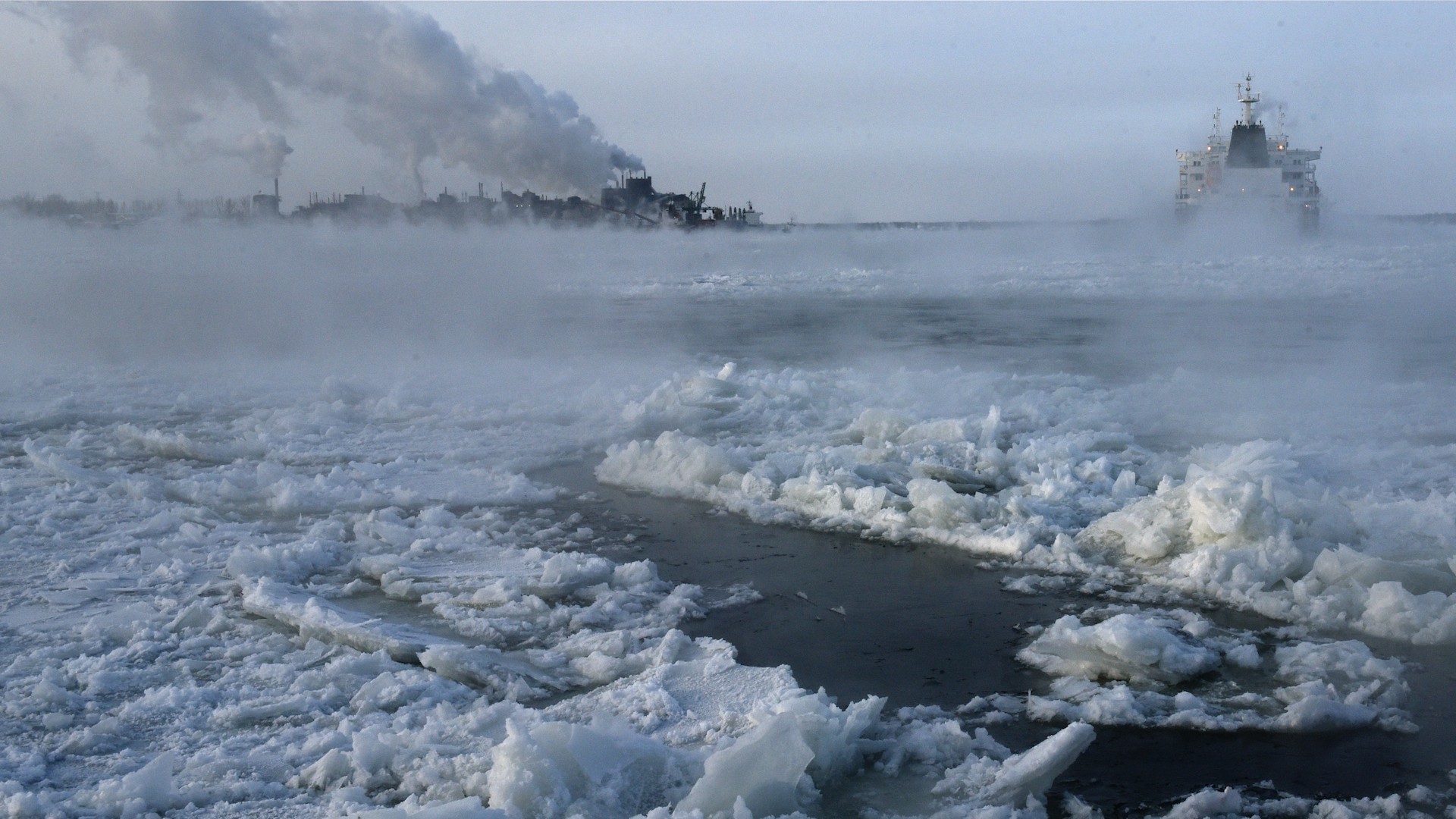This summer people have been suffering and dying because of heat waves and wildfires in many parts of the world. The past three years were the warmest ever recorded, and 2018 is likely to follow suit. What we do in the next 10-20 years will determine whether our planet remains hospitable to human life or slides down an irreversible path to what scientists in a major new study call “Hothouse Earth” conditions.
Advertisement
Hothouse Earth is an apocalyptic nightmare where the global average temperatures is 4 to 5 degrees Celsius higher (with regions like the Arctic averaging 10 degrees C higher) than today, according to the study, “Trajectories of the Earth System in the Anthropocene,” published Monday in the Proceedings of the National Academy of Sciences. Sea levels would eventually be 10-60 meters higher as much of the world’s ice melts. In these conditions, large parts of the Earth would be uninhabitable.Cutting carbon emissions to limit climate change to 2 degrees C, as proposed in the Paris climate agreement, won’t be enough to avoid a “Hothouse Earth,” said co-author Johan Rockström, executive director of Stockholm Resilience Centre. The reality is that global temperatures aren’t driven by human emissions of carbon alone, says Rockström—natural systems such as forests and oceans also play a major role.If global warming reaches 2 degrees C it could trigger a feedback, or “tipping element,” in one or more of our natural systems and drive further warming, Rockström told Motherboard. To put that into perspective, the recent heat waves and wildfires are being linked to climate change that has raised the global average temperature 1 degree C.
Permafrost thaw is one the 10 feedbacks studied in the paper. Permafrost exists in nearly a quarter of the land area of the northern hemisphere. Should large areas thaw, they would release huge amounts of carbon and methane, increasing warming.Read More: These 360 Drone Photos of the California Wildfires Are Devastating
Advertisement
Other feedbacks include Amazon rainforest and boreal forest dieback (when an entire forest suddenly dies from drought or some other cause), the reduction of northern hemisphere snow cover, Antarctic sea ice and polar ice sheets, and loss of Arctic summer sea ice.“These tipping elements can potentially act like a row of dominoes. Once one is pushed over, it pushes Earth towards another,” said Rockström. It’s near impossible to stop this once it starts, he said, and the next thing you know we’re on the path to a Hothouse Earth.“We need to become responsible planetary stewards in the next ten years. This is the biggest global security issue of all time,” said Rockström.It’s not known if a 2.0- or even a 1.5-degree C temperature increase would trigger one or more of these feedbacks, but the warmer global temperatures go, the greater the risk. The good news is we know what to do to avoid a Hothouse Earth future, says co-author Katherine Richardson from the University of Copenhagen. “We have the knowledge and ability to act. This is within our control,” she said. The scientists outline three main areas of action. The top priority in the coming decade is to aggressively cut carbon emissions and decarbonize our energy systems as quickly as possible. This is starting to happen because alternative energy such as wind and solar are now cheaper than fossil energy in many parts of the world, don’t pollute the air, and create more jobs.
The scientists outline three main areas of action. The top priority in the coming decade is to aggressively cut carbon emissions and decarbonize our energy systems as quickly as possible. This is starting to happen because alternative energy such as wind and solar are now cheaper than fossil energy in many parts of the world, don’t pollute the air, and create more jobs.

Advertisement
The second priority is to halt deforestation and conversion of natural areas into agricultural production. Forests and other natural areas currently absorb 25 percent of our carbon emissions and this needs to grow.A third priority is to continue to develop technologies to pull carbon from the atmosphere and safely store it for thousands of years. A Canadian company, Carbon Engineering, recently developed a process that takes carbon out of the atmosphere to make a carbon-neutral liquid fuel. However, the costs remain high, as do the costs for other carbon-removal technologies.A lot of this is already happening without leadership from national governments. Individuals, communities, and companies understand these are the things we need to do and we are starting to limit our impacts on the Earth, Richardson told Motherboard. For example, a coalition of states, cities, and organizations representing more than half of the US economy are united in meeting the Paris climate goals no matter what the Trump administration does, she said.Another big shift towards planetary sustainability is the decline in fertility rates nearly everywhere in the world, says co-author Diana Liverman of the Institute of the Environment at the University of Arizona. As long as women’s choices continue to be supported, global population will soon stabilize reducing need to feed, house, and sustain ever more people, Liverman said in an interview.The big challenge now is reducing material and energy consumption in wealthy countries and ensuring poor and middle-income countries are on a low-carbon development path, she said.Global surveys show people, and especially young adults, are aware of this, are willing to take action and want their governments to do more.“But we can’t be complacent… if we choose not to take the necessary actions we’re going to be in big trouble,” said Liverman.Listen to our podcast about the world’s greatest mysteries that were solved by science.
